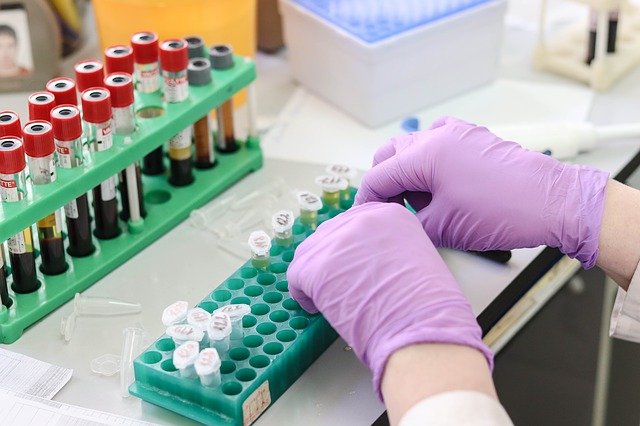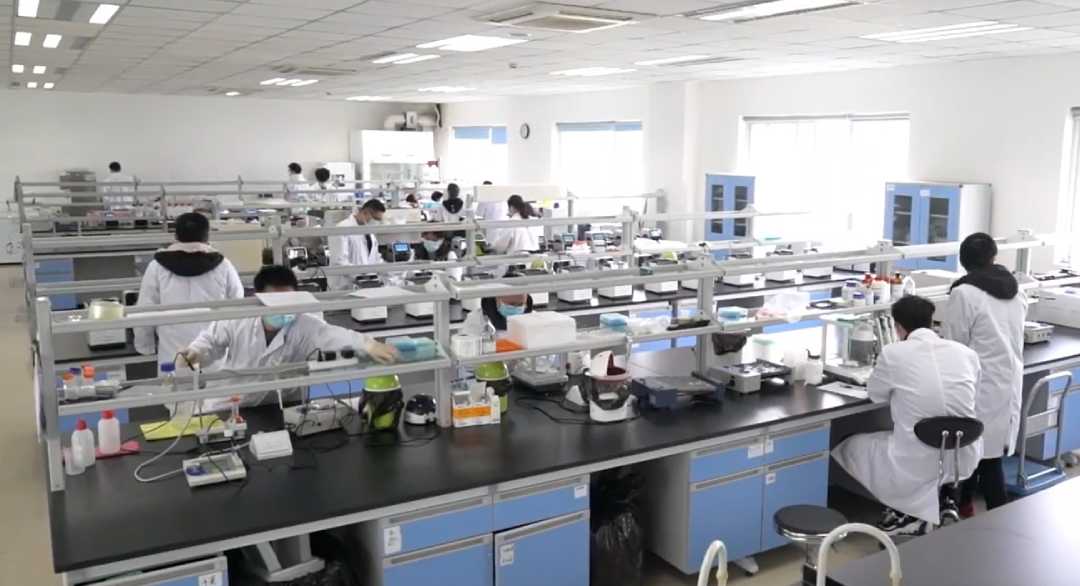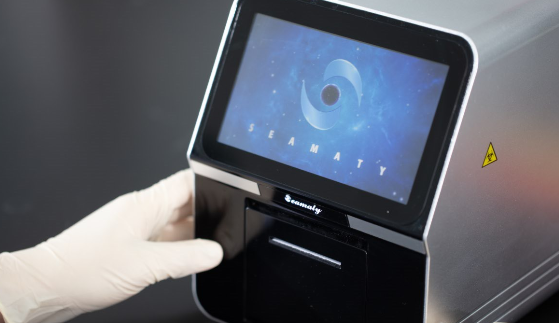release time:2021-12-17 15:26:02
Regular blood tests are one of the most important ways to track your overall health. Getting tested regularly allows you to understand the way your body changes over time and allows you to make informed decisions about your health. But why does a blood test require several tubes of blood to be drawn?

Many items require different instruments to test. A certain amount of blood is consumed to test for different items. A small amount can lead to inaccurate results or failure to produce results. Drawing an excessive amount of blood will ensure that there is enough for retesting in case of abnormal results.
The blood volume of a normal person is between 4000-5000ml. It takes about 2-3ml to draw a tube of blood, and according to the routine calculation of 5 tubes, the blood drawn is less than one percent of human blood. Except in special cases, the amount of blood drawn for a medical examination is not likely to have an effect on the patient's normal physiological condition.
In order to solve the problem of using only a small amount of blood to test routine biochemical items, Seamaty developed and produced a portable automatic dry biochemistry instrument, SD1.

2022-09-27
Seamaty is one of the leading suppliers of POCT equipment and reagents in China. We specialize in medical diagnostics and veterinary diagnostics. Seamaty has more than 60+ partners worldwide, and our professional and large R&D team is the key to our success.

2021-11-04
Among the assay measurements for biochemical analysis, enzyme determination is more complex. It requires higher conditions and is more difficult to test. Generally, as long as the determination of enzymes is accurate and reproducible, the determination of other items in fully automatic biochemical analyzers is generally not a problem.

2021-09-14
POCT test is a new direction. In its emergence and development, there are many areas for improvement. Such as quality control, varying levels of operator skill and clinical management is not perfect.